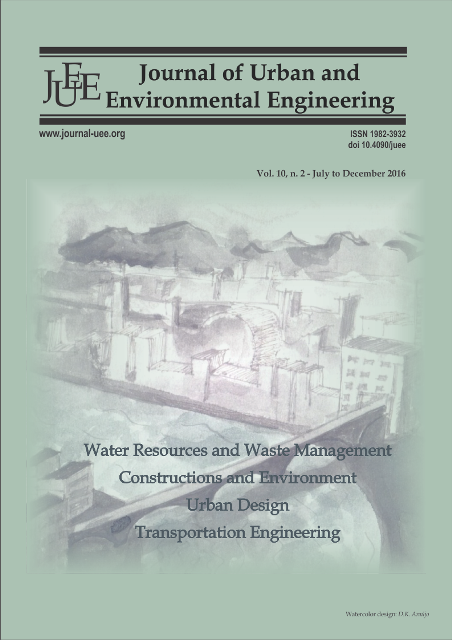INVESTIGATION AND EVALUATION OF SPATIAL PATTERNS IN TABRIZ PARKS USING LANDSCAPE METRICS
DOI:
https://doi.org/10.4090/juee.2016.v10n2.263-269Abstract
Nowadays, the green spaces in cities and especially metropolises have adopted a variety of functions. In addition to improving the environmental conditions, they are suitable places for spending free times and mitigating nervous pressures of the machinery life based on their distribution and dispersion in the cities. In this research, in order to study the spatial distribution and composition of the parks and green spaces in Tabriz metropolis, the map of Parks prepared using the digital atlas of Tabriz parks and Arc Map and IDRISI softwares. Then, quantitative information of spatial patterns of Tabriz parks provided using Fragstats software and a selection of landscape metrics including: the area of class, patch density, percentage of landscape, average patch size, average patch area, largest patch index, landscape shape index, average Euclidean distance of the nearest neighborhood and average index of patch shape. Then the spatial distribution, composition, extent and continuity of the parks was evaluated. Overall, only 8.5 percent of the landscape is assigned to the parks, and they are studied in three classes of neighborhood, district and regional parks. Neighborhood parks and green spaces have a better spatial distribution pattern compared to the other classes and the studied metrics showed better results for this class. In contrast, the quantitative results of the metrics calculated for regional parks, showed the most unfavorable spatial status for this class of parks among the three classes studied in Tabriz city.Downloads
Download data is not yet available.
Downloads
Published
2017-04-28
Issue
Section
Articles




